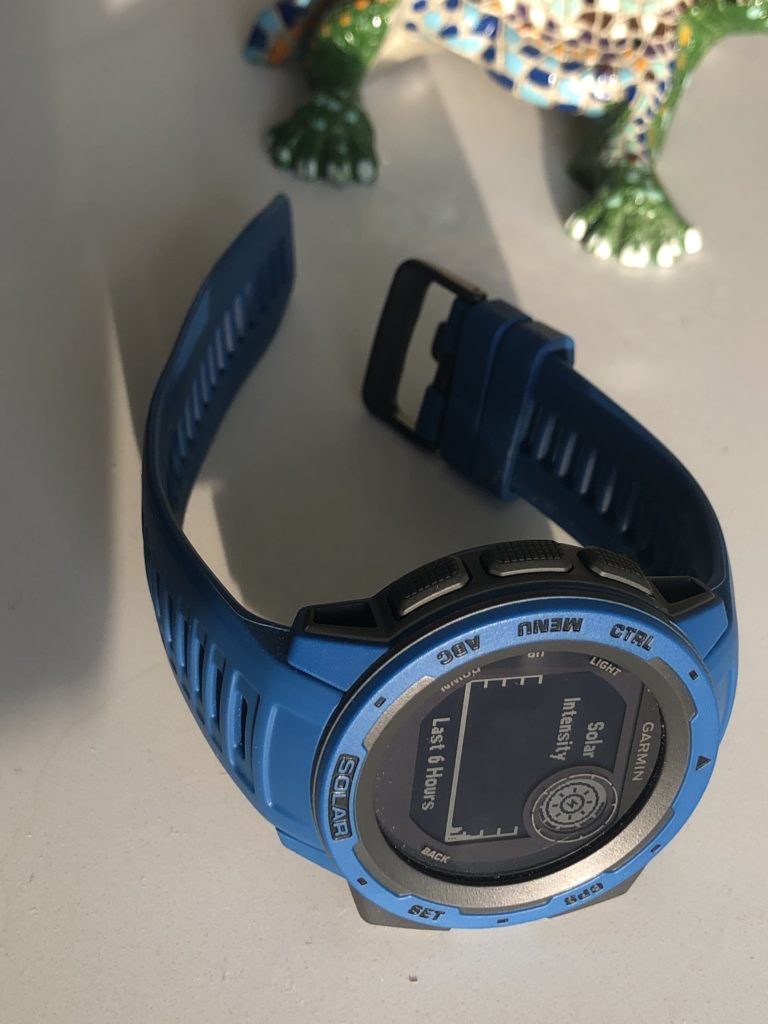I noticed that Facebook has a way of letting you know how badly you are addicted to their website. In the process I learned that I spent zero minutes on their website this week, and one minute last week. I do not spend time on their website because it fails to provide me with a community that I want to interact with on a daily basis. There are a number of reasons for this but the key reason is that they spent so much effort trying to make the timeline more addictive that they made it repulsive.
Irrelevant Content from Algorithms
The timeline is repulsive because it shows too many adverts, whether for groups, for products, for promoted posts and more. These are irrelevant, and if shown at too high a rate they become toxic. They also stop you from seeing the content that you want to engage with, i.e. posts by friends. Facebook has become a network of strangers talking to strangers, and noise. We see others, but we are not seen. If that is toxic to me, imagine the impact on others. Instagram, too, has this flaw.
Questionable Morals
The second reason is to do with Facebook’s reputation for enabling, or at least not removing extremist content for months or even seasons. They sometimes seem to remove it once it is no longer needed, rather than when it causes the most damage.
FOMO and trolling
The two strongest push factors were FOMO and trolling. Facebook had a way of reminding us that not everyone is self isolating during this pandemic, or of reminding us that not everyone is in solitude. When you are not conversing with people, you are only seeing an idealised representation of their lives, then you begin to feel down about your own life. It makes you wish the pandemic would end, so that you could resume socialising, meeting people, and maybe even having something, other than social media, to come home to.
The second one was virulent trolling. In normal times you would put up with communities where you are being trolled because you can still plan activities in the physical world. During a pandemic however, if you get trolled you have no reason to put up with it, and a survival strategy is to leave the community. Eventually I took a serious break from twitter that has lasted for almost the entire pandemic.
Not A Social Media Detox
What I am writing about is not a social media detox. My aim is not to take a break from social media. My aim was to take a break from, and cut ties with a community that is toxic, both through the ways it pushes rubbish into your timelines, but also by the toxic people that interact on the platform. When you are flamed twice within the space of days, and when you are tired of scrolling through irrelevant content, you eventually decide that the Return on Investment, ROI, as a user, is less than it is worth to keep using a service.
I have had the same realisation with Instagram, which is part of the same problematic social network. Meta. Everything Meta touches, becomes unhealthy for users to use, and now they want to go into the metaverse. I will not use AR and VR via such a company. They do not have the required moral standards for me to trust them with something immersive.
One of the drawbacks to dumping Facebook, Instagram, WhatsApp and other products, is that you become disconnected from the social networks that have the biggest monopoly. If you do not use these networks you are socially excluded. Too many products are built off of Facebook’s user login system now. You lose access to some apps, web services, and to some communities. During a pandemic this contributes to the sense of isolation.
I Don’t Miss Either
I don’t miss either Facebook or Instagram because they stopped being about a network of friends years ago. They became more and more of a waste of time, and more of a way to see how I wish my life was different. That would be positive, if we were all on the same life path, but we are not, especially during the pandemic. The standard model life that we saw on Facebook and Instagram stopped being real. It became an unhealthy illusion. It also led to a sense of isolation. That sense of isolation is why a Facebook and Instagram break was needed. You don’t long for a different life every day. You can more easily live in the moment.
Very Few Interactions
One thing that hurt, when I used Facebook, but also Instagram, was seeing other people get twenty or more likes, and getting conversations started via their content. Seeing that I was being ignored was painful, but it also led me to another thought. If I am being ignored on FB and IG, where I am giving them my attention, and content for free, then I might as well give over that time to my blog, and at least this way I achieve something positive. It gets very little attention, but it is “me time” as you would see many people say. It is time that I devote to thinking, and writing. In effect I am practicing mindfulness.
A Lifestyle, Not An Addiction
For years I have argued that social media and social networks should be about a lifestyle rather than an addiction. Google and Twitter, although flawed, in some ways, do not treat us like addicts. They treat us like individuals, and the same is true of Wordpress.com. We are a community of writers and commenters, who write, and occassionally people read what we have written. Sometimes they even comment. The goal isn’t to have a conversation. The aim is to read about someone else’s experiences. The web should be a healthy place, to talk online, while waiting for another opportunity to meet offline, as it was in 2006-2007.









